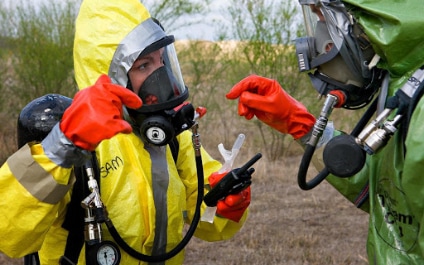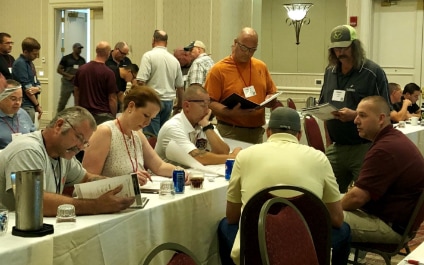“ust OK is not OK.” AT&T’s latest commercial is resonating with people everywhere. Not only is it humorous, but it strikes a nerve of realism that invokes receiving less than stellar customer service. As a company that has achieved a 98% customer retention rate, Alliance Solutions Group, Inc. (ASG) attributes this to fanatic adherence to our core values.
Core Values Spotlight—Exceptional Performance
Plan Ahead and Prevent the Flu from Impacting Business Continuity

Most organizations recognize the importance of maintaining continuity of operations to avoid a loss in revenue and delays in production. Therefore, it is important for every company to have a Business Continuity Plan (BCP) to prepare for any event that would leave the business unable to continue operating for any amount of time. Commonly considered events in a BCP include natural disasters or security breaches, but planning for illnesses such as influenza, which can be severe and affect the workplace, often goes overlooked.
ASG Celebrates 10 Years of Training Medical Facilities for Mass Casualty Incidents
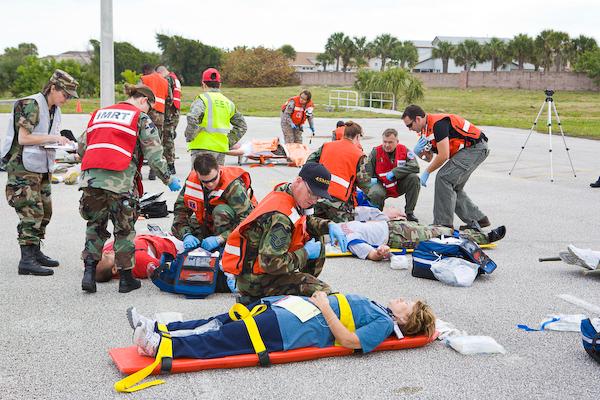
Alliance Solutions Group (ASG) is celebrating the 10th anniversary of completing its innovative Medical Emergency Response Capability and Training (MERCAT) platform, first delivered to the United States Air Force in 2008 and completed in 2009. ASG has for long recognized the need to validate emergency plans and procedures, provide hands-on training and conduct realistic exercises that build capacity and capabilities in response to mass casualty incidents.
Serving Those who Serve— Thank You to Our Veterans

The Alliance Solutions Group (ASG) team would like to thank our veterans for their commitment and service. As a veteran-owned company that has also employed 55 veterans in its 14-year history, honoring military personnel and meeting their needs are close to the heart of ASG.
In 2005, ASG founder and CEO, Bob Campbell, desired to continue serving the U.S. Armed Forces in some way after serving in the Air Force for 10 years.
Exercises to Test Emergency Response Plans Are A Crucial Step for LEPCs

Each year, almost 20,000 incidents involving hazardous materials occur in the United States, causing fatalities, injuries, and expensive property damage (US Department of Transportation). Preplanning is a vital step toward incident preparedness and prevention, but an often-overlooked aspect of planning is testing the plan.
40+ Crisis Leaders from Private and Public Sectors Participate in Leadership and Decision Making Course
Concerns During Flood Recovery and Cleanup Addressed

After natural disasters strike, communities are often left reeling with what to do next. When recovery and cleanup efforts begin it is important to maintain safety as a priority. Floods specifically create many safety hazards. Personnel should be aware of hazards, such as electrocution, gas leaks, carbon monoxide poisoning, and mold growth.
Pendleton, OR
ASG delivered two courses at the Oregon Local Emergency Planning Committee (LEPC) conference: FEMA-certified MGT-458, Building Whole Community Engagement for LEPCs, and Klamath County Rail Incident Response Planning and Exercise Development. MGT-458 is an 8-hour course that supports the establishment and strengthening of LEPCs with best practices.
Lessons Learned from Recent HAZMAT Incidents
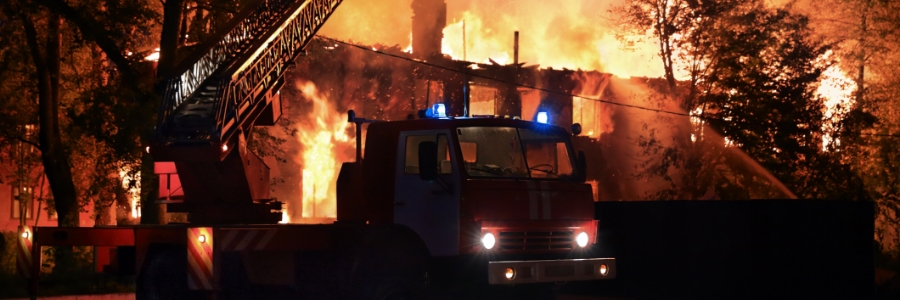
Lessons learned from recent incidents such as the West Fertilizer Company (WFC) explosion and the Tianjin China port explosion reveal the need for more comprehensive pre-incident planning. While the 2015 NFPA 1620 Standard on Pre-incident Planning was updated after the WFC incident, it comes up short on details for how communities gather relevant data on hazards, conduct a risk analysis and inform the local community of the hazards pre-incident, as well as engage in crisis communications.
Prepare for Critical Infrastructure Protection and Mass Gatherings
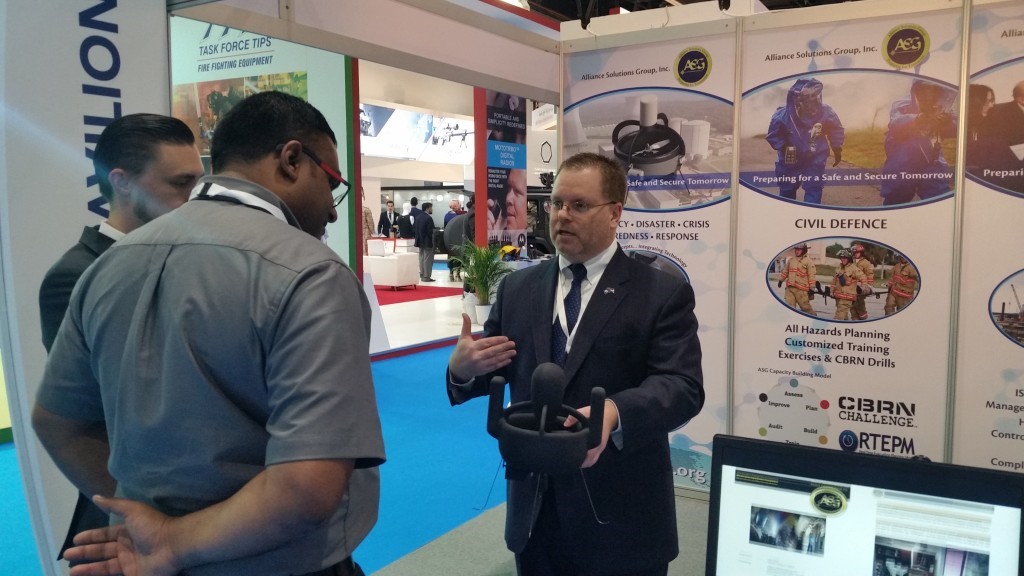
Lessons learned from recent incidents such as the explosion at the Tianjin port in China port, the Daesh attacks on critical infrastructure such as the Zaventem Airport in Brussels, and the Hajj stampede in Mina, Kingdom of Saudi Arabia reveal the need for continued professional development among emergency management officials and the need to implement best practices before, during and after incidents.

